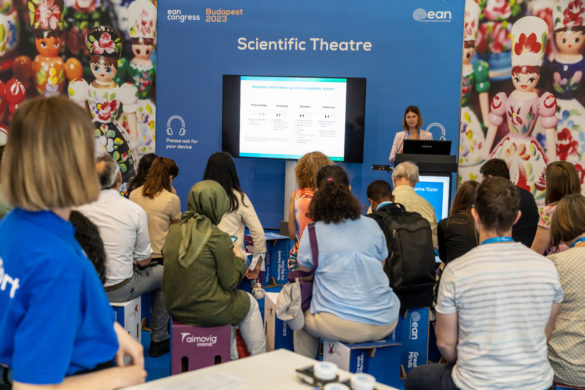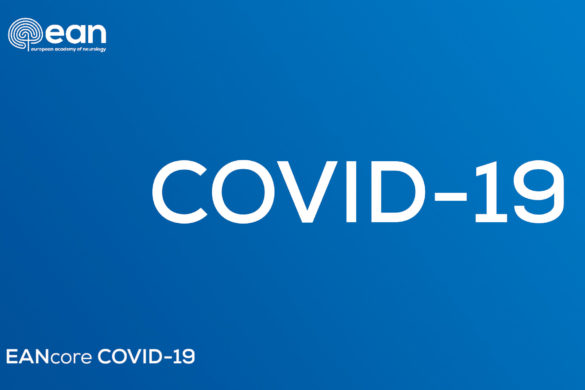Interventional study with open label/non-randomised methodology (Yellow)
The objective of this study was to determine whether tocilizumab (TCZ) improved outcomes of patients hospitalised with moderate-to-severe COVID-19 pneumonia. This cohort-embedded, investigator-initiated, multicentre, open-label, Bayesian randomised clinical trial investigating patients with COVID-19 and moderate or severe pneumonia requiring at least 3 L/min of oxygen but without ventilation or admission to the intensive care unit, was conducted between March 31, 2020, to April 18, 2020, with follow-up through 28 days. Patients were recruited from 9 university hospitals in France. Analyses were performed on an intention-to-treat basis with no correction for multiplicity for secondary outcomes. Patients were randomly assigned to receive TCZ, 8 mg/kg, intravenously plus usual care on day 1 and on day 3 if clinically indicated (TCZ group) or to receive usual care alone (UC group). Usual care included antibiotic agents, antiviral agents, corticosteroids, vasopressor support, and anticoagulants. Primary outcomes were scores higher than 5 on the World Health Organization 10-point Clinical Progression Scale (WHO-CPS) on day 4 and survival without need of ventilation (including noninvasive ventilation) at day 14. Secondary outcomes were clinical status assessed with the WHO-CPS scores at day 7 and day 14, overall survival, time to discharge, time to oxygen supply independency, biological factors such as C-reactive protein level, and adverse events. Of 131 patients, 64 patients were randomly assigned to the TCZ group and 67 to UC group; 1 patient in the TCZ group withdrew consent and was not included in the analysis. Of the 130 patients, 42 were women (32%), and median (interquartile range) age was 64 (57.1-74.3) years. In the TCZ group, 12 patients had a WHO-CPS score greater than 5 at day 4 vs 19 in the UC group (median posterior absolute risk difference [ARD] −9.0%; 90% credible interval [CrI], −21.0 to 3.1), with a posterior probability of negative ARD of 89.0% not achieving the 95% predefined efficacy threshold. At day 14, 12% (95% CI −28% to 4%) fewer patients needed noninvasive ventilation (NIV) or mechanical ventilation (MV) or died in the TCZ group than in the UC group (24% vs 36%, median posterior hazard ratio [HR] 0.58; 90% CrI, 0.33-1.00), with a posterior probability of HR less than 1 of 95.0%, achieving the predefined efficacy threshold. The HR for MV or death was 0.58 (90% CrI, 0.30 to 1.09). At day 28, 7 patients had died in the TCZ group and 8 in the UC group (adjusted HR, 0.92; 95% CI 0.33-2.53). Serious adverse events occurred in 20 (32%) patients in the TCZ group and 29 (43%) in the UC group (P = .21). In this randomised clinical trial of patients with COVID-19 and pneumonia requiring oxygen support but not admitted to the intensive care unit, TCZ did not reduce WHO-CPS scores lower than 5 at day 4 but might have reduced the risk of NIV, MV, or death by day 14. No difference on day 28 mortality was found. Further studies are necessary for confirming these preliminary results.











